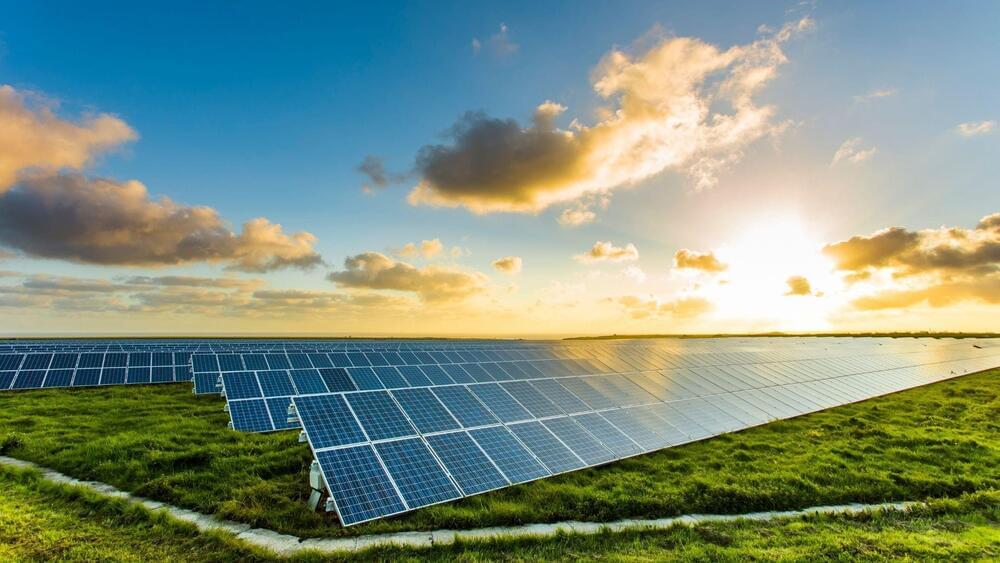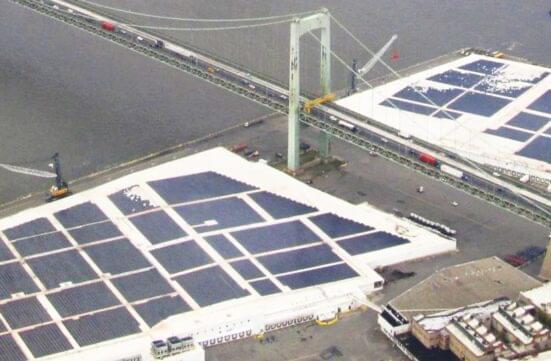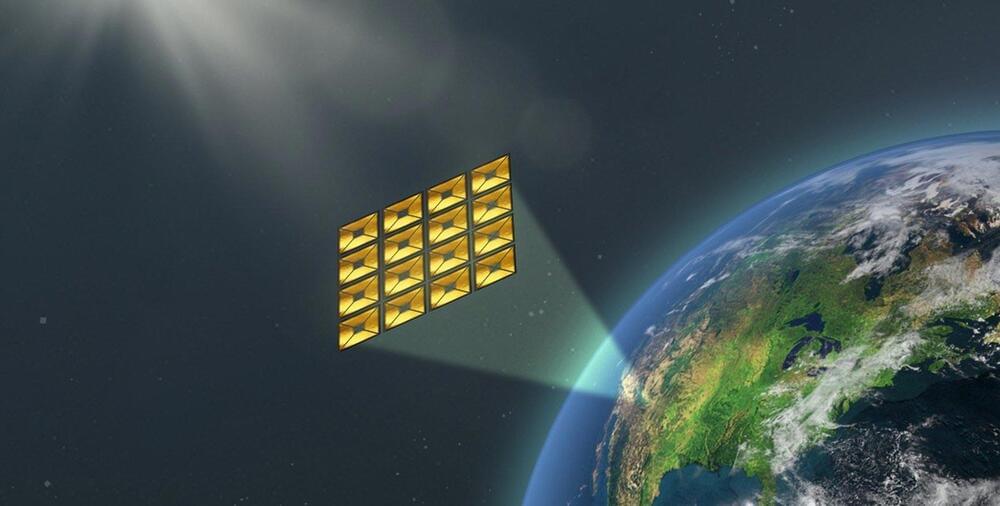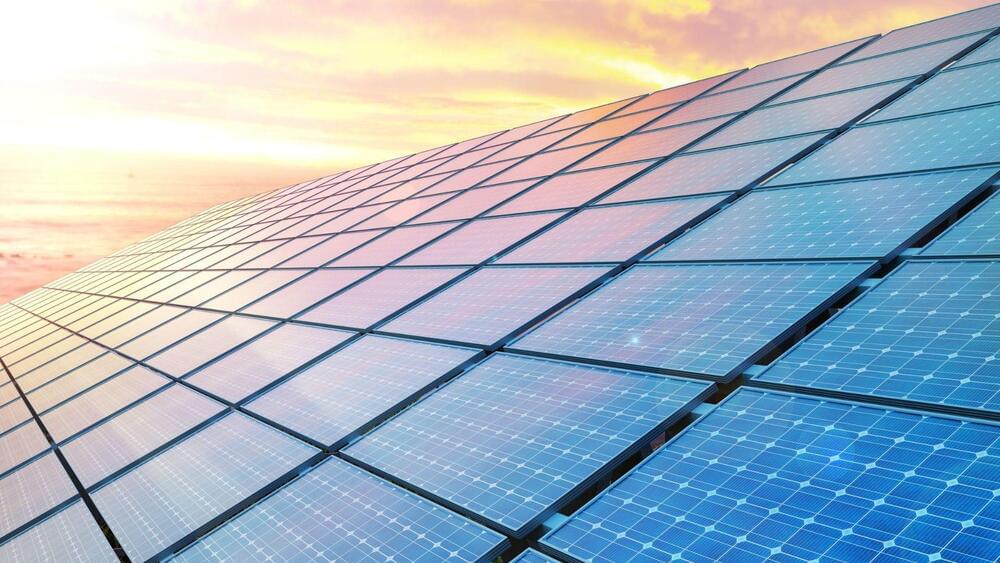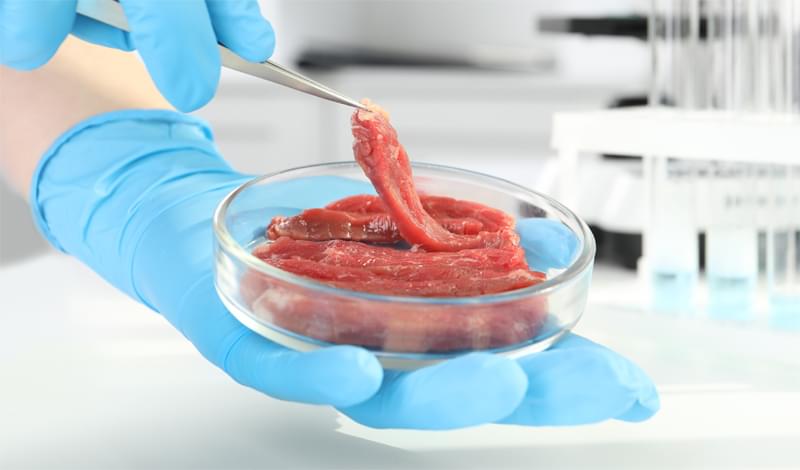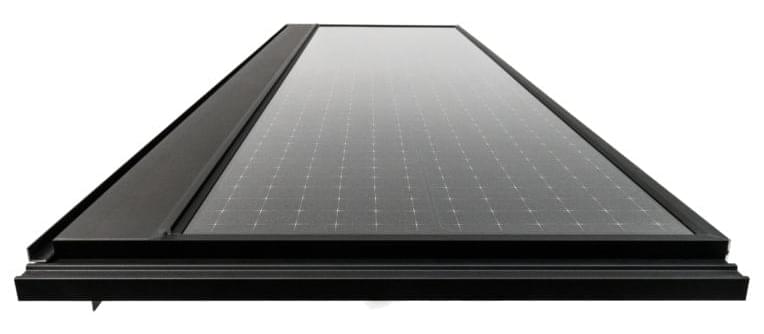Nov 2, 2022
Solar energy in Europe will be 10 times cheaper than gas by 2030 — here’s how
Posted by Gemechu Taye in categories: solar power, sustainability
Gas will still be a part of the mix but only to address exigencies.
Energy prices In Europe are at an all-time high. While the situation is not expected to last forever, even after gas prices reach some degree of moderation, the cost of generating power using solar photovoltaics will drop so low that it will be 10 times cheaper, a report from an energy research company said.
Europe has always relied on gas-fired power stations for its energy demands. The geopolitical tension over Ukraine has resulted in Russia dropping its gas exports, which have directly impacted the region’s energy cost.
Continue reading “Solar energy in Europe will be 10 times cheaper than gas by 2030 — here’s how” »
